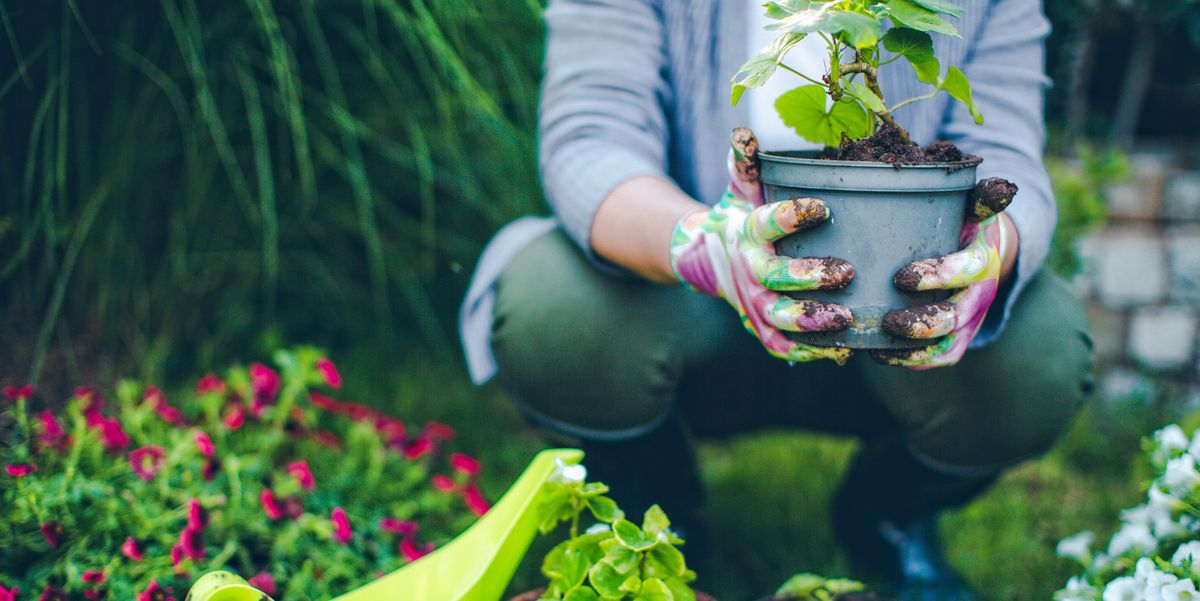
It might be impossible to find a broader discipline than biology, as it deals with all living beings and includes many areas – from fitness to agriculture, from bioengineering to pharmaceutics. And one of them is gardening. Gardening is not only a popular hobby but an efficient way to release stress and order your thoughts. As it is usually practiced outdoors and involves physical movement, it is considered an activity associated with a healthy lifestyle.
It’s worth noting that as gardening deals with flora, habitats of different plant species, weather and soil conditions, and their impact on the growth of plants, it can be considered a branch of biology in many cases. This website is a site about plants, how they look, how to take care of them, and much more.
You can find examples of my work here. Don’t hesitate to use them for inspiration or information. I have also posted some essays about biology on the writing platform EduBirdie. I am inviting you to visit the site and find a biology essay that will suit your needs. I will be grateful if you check and assess them in the Examples section.
The site also contains many examples. I also post my essays on biology on other sites, where you can read them for inspiration or use them as a sample for writing your own works. Among the variety of works, you will definitely find the biology essay example that suits your needs and meets the requirements of your educational task.
My experience with writing biology essays
When I write a biology essay, it is grounded on my observations and practice as a gardener. When I work as a gardener, I work as a scientist. Such an approach helps to verify the information and make trustful conclusions. This is a very important ability when you are writing an essay, article, or another kind of research paper.
When you deal with plants, you have to deal with geographical zones and weather forecasts, as the climate significantly impacts all living creatures; it defines the region’s biodiversity.
As a plant collector, I’ve visited over 25 countries outside the USA and worked with over a dozen gardens. I have also organized four conferences and have written over fifty articles. All this experience allowed me to deal with a wide variety of information that is required for writing a short essay about biology.
My portfolio includes many essays concerning different biology topics, especially those about plants. Plenty of other factors, such as soils, humidity, temperatures, geographical area, pests, etc., influence the garden you take care of and observe. When you explore them, study, and understand the processes, you make conclusions that can be helpful not only for gardeners but also for those who study biology. When you start your essay, thorough research work should be done. And the results of it should be analyzed and concluded adequately.
Short essays about biology
Even a small piece of written work can seem too difficult a task if you have to start from scratch. But actually, you don’t have to invent the wheel. When we are talking about writing an essay on biology, the process can be planned and described in several steps, following which you will complete the task successfully.
Step 1 – Search for the relevant information
When you start exploring the topic, you will see that much work has already been done in the area. You will find research articles, hobby blogs, and even news entries. You will also find free biology essays on similar topics that you are looking for.
Step 2 – Information analysis
Now, when you’ve got a stack of sources, you must read thoroughly, analyze and use your search results. Pay attention to the research work done by other people and the biology essay samples written by other students and researchers. In the science article, you can find many details, terms, and scientific descriptions, but short essays will give you a fundamental understanding of the problem and explanations in simple words.
Step 3 – Make the most of what you’ve learned
Choose an essay with a smooth structure and use it as a sample. Introduce the topic or problem that will be discussed in the essay. The middle part is the most informative one – it should include a short description of references, vivid examples, and your personal approach. Don’t forget to provide the evidence for your conclusions.
Check out my free online biology essays
When you are given the task of writing an essay, you can be sure that many of your skills and abilities are being tested. Analytical thinking, research abilities, information analysis, the ability to make conclusions and provide evidence – an incomplete list.
Writing an essay can be challenging, especially if the topic is complicated and requires thorough research. When we are talking about viruses and spices, plant breeding and obesity, the impact of smoking on human health, and the usage of enzymes in the industry – we are talking about biology.
As biology is a broad and rapidly developing discipline, sometimes you need some help or at least some examples to cope with your college essay on biology. Fortunately, today you don’t have to sit for hours in a library reading through old dusty books. There are many enthusiasts writing blogs and posting articles on various areas online.
The internet provides you with a vast amount and variety of information, but the search itself can be rather tricky. Not to say about choosing reliable sources. You can hire a writer who will prepare the essay precisely for you, considering all the requirements and details.
You can find here free essays on many topics. I would appreciate it if my examples were helpful for you in your studies.